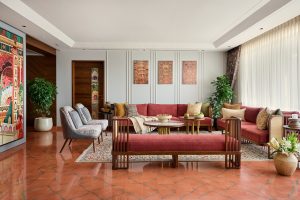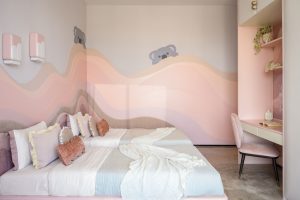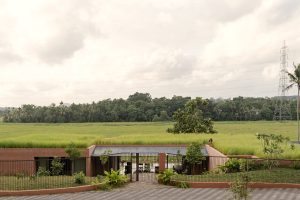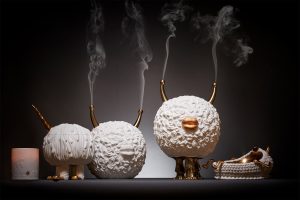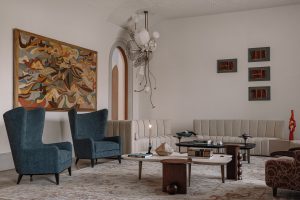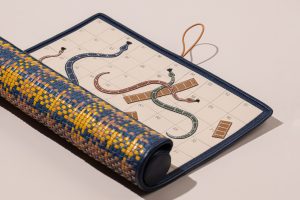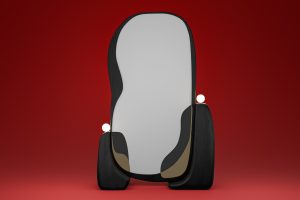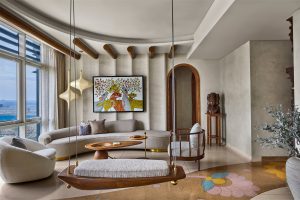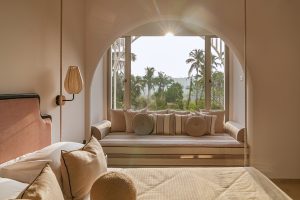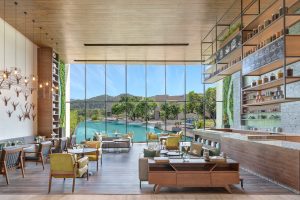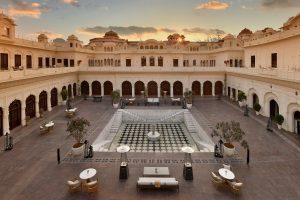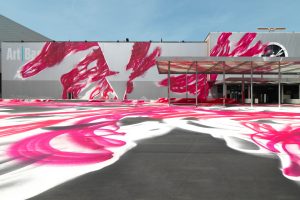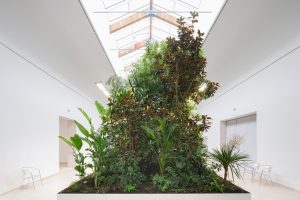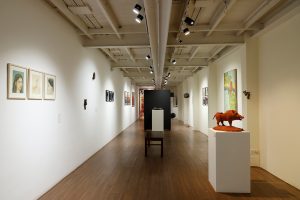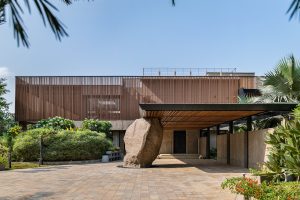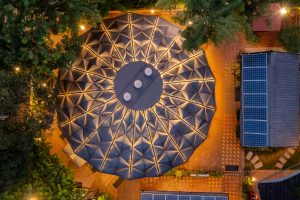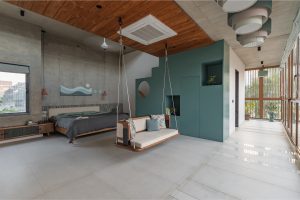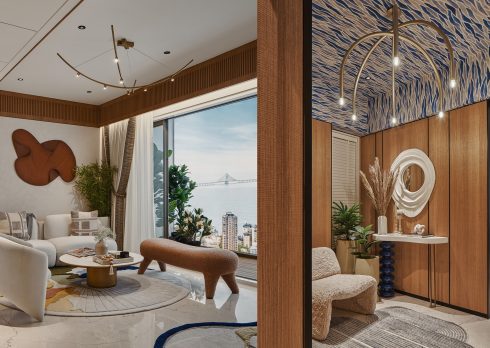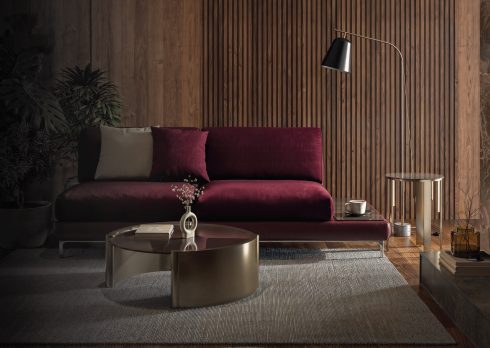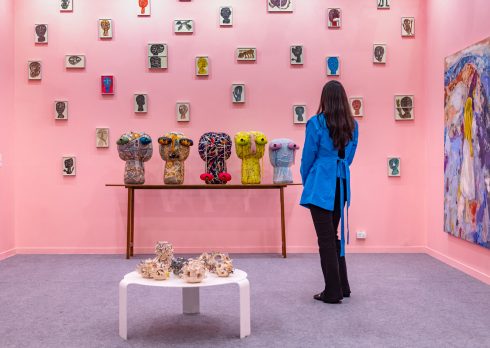Gaetano Pesce (1939-2024): A Legacy Of Fearless Design Exploration
- 26 Apr '24
- 10:05 am by Virender Singh
Gaetano Pesce, a subversive artist and architect from Italy who deviated away from the crisp geometry and coarse edges of mid-century modernism with unabashed originality, breathed his last on April 3 this year. Best known for his outlandish, vividly dyed art objects and furniture, Mr. Pesce was a nonconformist in every sense of the word. From bodacious armchairs that call to mind fertility figurines from the Palaeolithic era to resin-moulded vases with serrated rims, Gaetano Pesce has sparked discourse around what counts as an error in intentional design — do you throw away polyester scraps and fabric trimmings once the final product has taken shape, or do you recycle them instead to create a museum-worthy ‘Rag Armchair’ (1970)?
Unafraid of controversy, Mr. Pesce incorporated surreptitiously socio-political commentary into his work. Examples include the Chador table lamp from the Open Sky series (2000), which strangely evokes a womb-like quality and the ‘La Mamma’ ottoman (1969), confronting the historical oppression of women since the dawn of civilization. His signature avant-garde design, atypical materials, and decidedly humanistic architecture have coalesced to form an inimitable legacy, crossing the threshold of ostensible reasoning and industry standards into the realm of abstraction.
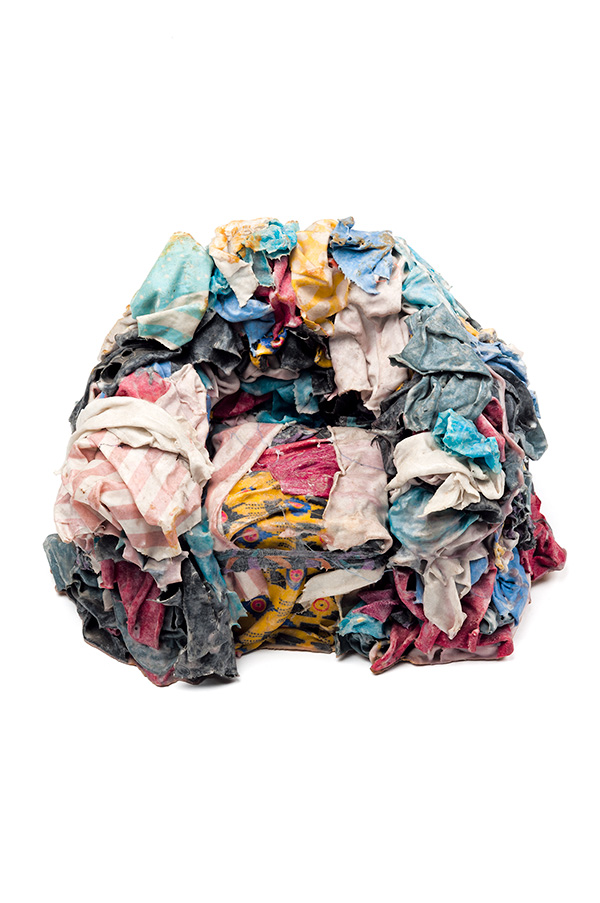
Merging Artistry With Functionality
The youngest of three children, Mr. Pesce was born in 1939 along the Italian coast of La Spezia, growing up in a world that had barely healed from the ravages of war. Training in architecture under luminaries like Carlo Scarpa and Ernesto Rogers at the University of Venice, Gaetano Pesce was still wet behind the ears when he made the giant leap of opening his studio in Padua around the 1960s. Weaving restlessly amidst towering stainless steel tanks and intricate pipelines, a young Mr Pesce found robust inspiration in the sterile atmosphere of chemical companies, eager to employ synthetic by-products he encountered in his most enduring creations.
Carrying the same gravitas of a Eureka moment for Archimedes, the discovery that polyurethane traps air and rises like leavened dough to assume an almost nature-defying fluffiness was how his first ‘Up’ series (1969) materialised into existence. Like a prophet who could anticipate shipping challenges and limited manufacturing capabilities– in one masterstroke. Pesce bridged the gap between visual intrigue and utilitarianism. His collapsible armchairs with sensuously curvilinear torsos proved easy to contain and export, inflating instantly after they came undone from the customary vinyl packaging.
Also read: 10 Statement Chairs That Are Must-Haves For Your Dining Space
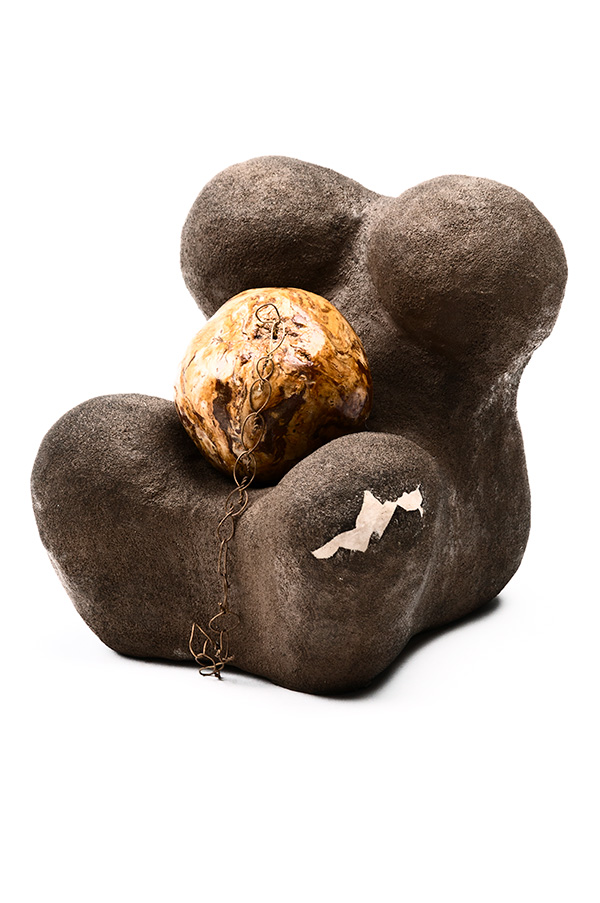
Adding Vibrancy To Urban Life
Among Mr. Pesce’s most celebrated designs is a limited ensemble of 50 sectional sofas handcrafted for Cassina, titled ‘Tramonto a New York’ (Sunset in New York) in 1980, imparting vibrant colours to living spaces in eloquently upholstered satin. Conjured with meticulous attention to detail, these subversive masterpieces capture the essence of a city skyline at sunset, suggesting new ways to appreciate our gritty post-industrial universe. As functional as it is visually arresting, a ‘Tramonto a New York’ sofa beckons viewers into its reassuring embrace.
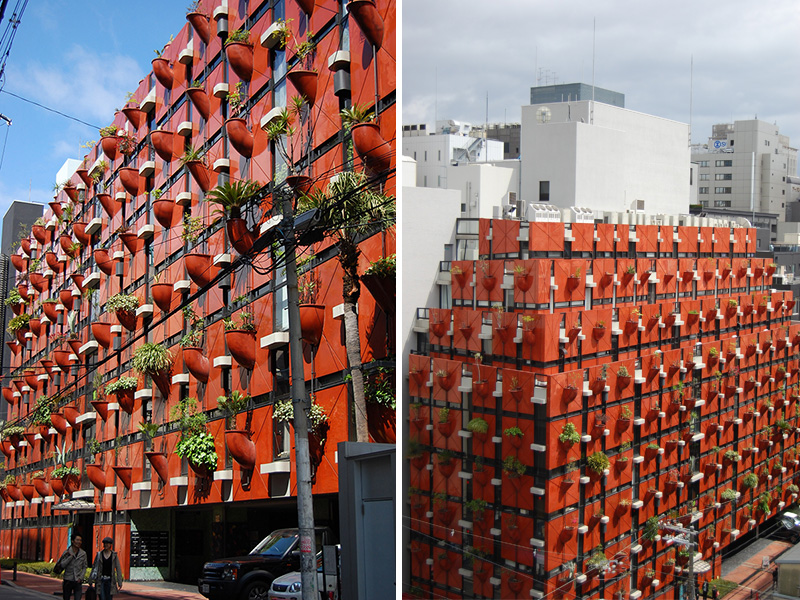
The Weightlessness Of Form
In 1989, Mr. Pesce perforated the acceptable typologies by scaling the heights of a nine-storey building in Osaka, Japan with his organic façade, complete with a fully functional juggernaut of small bays that controlled irrigation and drainage. The ‘Organic Building’ was a vertical garden, in essence, nourishing a microcosm of more than eighty varieties of living flora underneath the gridded fibreglass panels. This architectural marvel emerged as a radical departure from the rigid principles of its time.
Also read: 5 Statement Coffee Tables That Can Have A Big Impact On Your Living Space
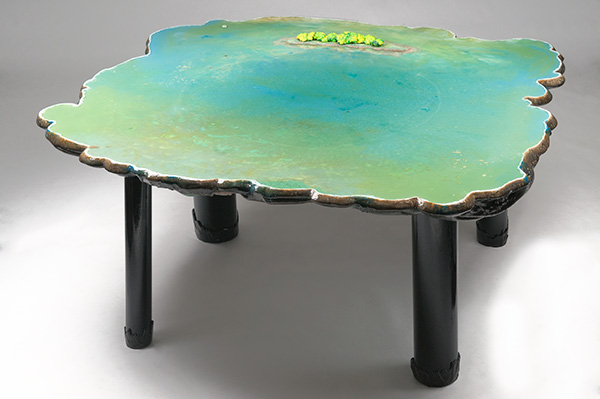
Another of his most iconic works, the ‘Six Tables on Water’ series (2012) open to viewing at the David Gill Gallery in London back then, manifested an inordinate elasticity of raw matter that cascaded like living fluid. Through the co-mingling of silicon, epoxy resin and foam, Mr Pesce summoned forth poetic visions that had never been seen before upon the canvas of innocuous-seeming table tops. Here too, Gaetano Pesce was communicating with his audience, emphatic about the urgency of protecting our receding coastlines and deteriorating marine ecosystems.
Forging A Sustainable Future
Beyond his creative pursuits, Pesce was a robust advocate for paradigm shifts in the socio-political and environmental landscape. Espousing the holistic view that design must become a prism through which reality is refracted back at us rather than just an expression of the artist’s ideologies.
In the mid-80s, his research focused on modular polyester couches that premiered at Salone del Mobile in 1987 while plunging into the 90s, he adopted the use of resin to churn out an endless spectrum of eccentrically shaped vases called the ‘Fish Design’ collection. Throughout his career, he was keen on capturing the liquidity of time and core values disappearing quickly in a world obsessed with instant gratification. As we reflect on Pesce’s remarkable career, may we be inspired to accept the forces of experimentation and the power of design to shape our world for the better.

